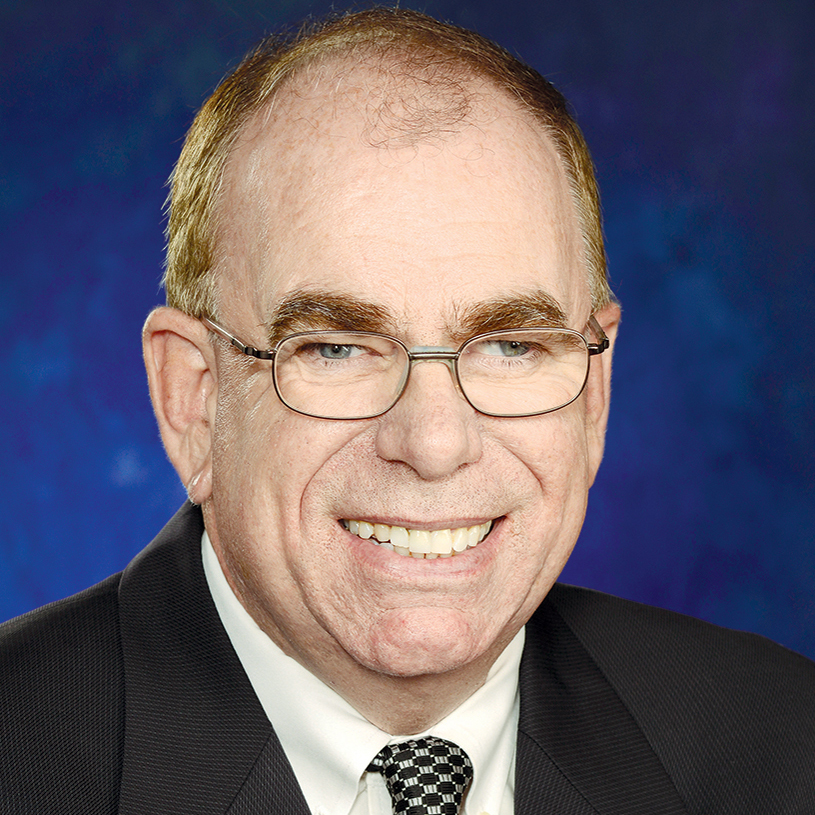
Assisted living was largely a private-pay business 20 years ago.
But these days, operators in almost every state can tap into the Medicaid program for payments.
A victory of sorts? I suppose. The shift certainly has created a reliable if parsimonious revenue stream. But anyone who gets into bed with the government had best sleep with one eye open.
As for the reason why, look no further than your colleagues running skilled care facilities down the street. In case you didn’t notice, they are suddenly laying off rehab staff in droves. And why are therapists now getting bounced like basketballs? Because the federal government just changed the way Medicare will cover rehab services.
The new and improved system is called the Patient Driven Payment Model, or PDPM. It’s essentially a revised way of classifying residents and reimbursing operators for provided care.
All summer long, the federal agency in charge — the Centers for Medicare & Medicaid Services — has been insisting that the PDPM will be a payment-neutral switch. In other words, Uncle Sam is not making chumps change just for the sake of saving chump change.
Yet the new system does kneecap one of skilled care’s most lucrative payment sources: rehabilitation services. And if you are a facility that is not going to be able to make as much money delivering rehab care, then your need for people who provide rehab care is, well, not so much.
To be sure, PDPM has been in place for only a week. And it’s possible that many skilled care operators are over-reacting by letting go of so many therapists so quickly.
Then again, maybe the real problem is that they are not letting go of therapists fast enough? Guess we’ll find out in a few months.
So what does this have to do with senior living? Perhaps not much. Or perhaps a whole lot.

